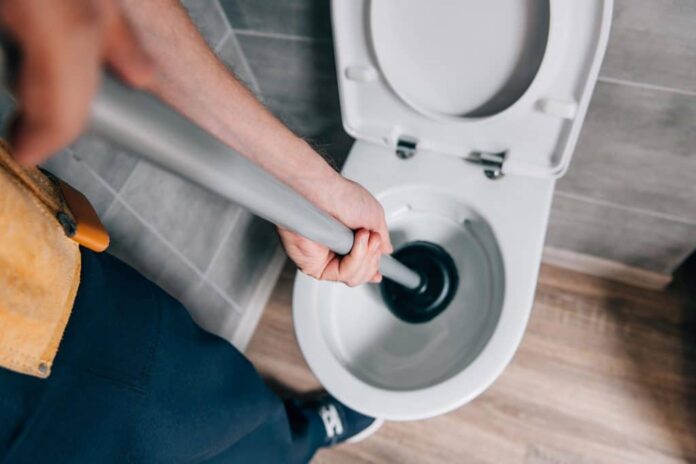Toilets are one of the most frequent sources of problems in our household. Anything from leaks to clogs can happen in them and it’s rare that a year goes by without something happening to them. The more common the issue the more annoying it gets to deal with it when it crops up. Thankfully, the most common ones are often easy enough to prevent with some care. To find how to take care of these common toilet problems, read on.
1. Don’t throw wet tissue paper into the toilet
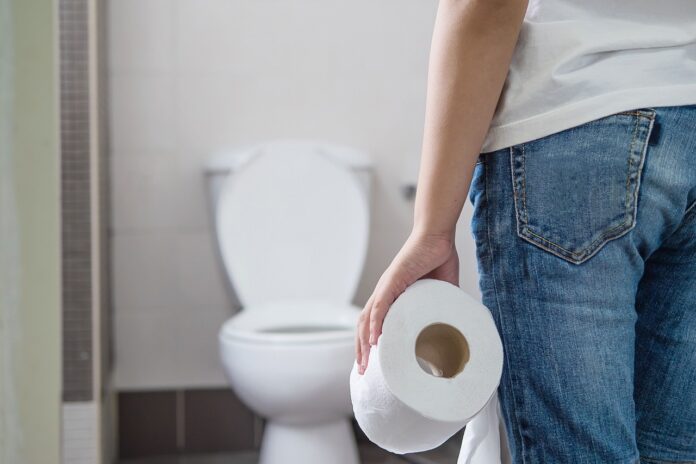
The most common problem we will face no matter what toilet we use are clogs. Clogs can be very annoying to deal with as they do put our toilet out of commission for a while. To manage clogs, we will need to find a way to unplug them be it through simple use of a plunger or something more complex.
However, the whole problem can be prevented if we avoid throwing certain items into it. The most common problem item that ends up being flushed is wet tissues. Because of their overall use, they find their place in bathrooms quite frequently. Either as a way to remove make up, clean babies, or just enact good hygiene. Additionally, their appearance makes them seem like they are okay to flush. Toilet paper and regular tissues are so why not wet ones?
The answer is rather simple, wet tissues don’t degrade well. Aside from a few brands, these tissues will quickly plug up the toilet. These plugs will often be followed by other debris accumulating on the tissue itself. Flushing wet tissues doesn’t only cause clogs but makes them harder to deal with too. It’s heavily recommend that you throw them in the trash instead.
2. Look out for signs of leakage before it gets serious
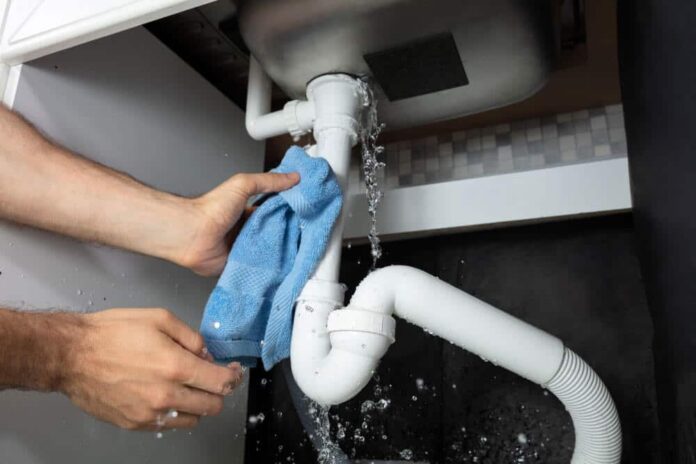
Leaks are an issue we’ll face with any item or location in our household that works with water. This goes double for toilets which do their entire function through the use of stagnant and running water. Toilet leaks are known to be rather pricey too, resulting in hundreds of dollars in utility bills.
Leakage is much more difficult to solve than clogs. The source of most leaks is just natural act of our components wearing out. They cannot really be stopped completely nor prevented. However, there is still a way to fight against them. Rather than waiting until the problem has gotten out of hand and become fully visible, we can check for leaks.
Doing a simple inspection of your toilet and its components is good practice. It will also allow you to catch any leak far before it becomes serious. Small dripping or a somewhat loose pipe could be warning signs for a much more damaging problem. Large leaks are a different story, they may require professional aid, if you find yourself in such a situation do check out this website for some guidelines.
3. Detect potential leakage through water meter
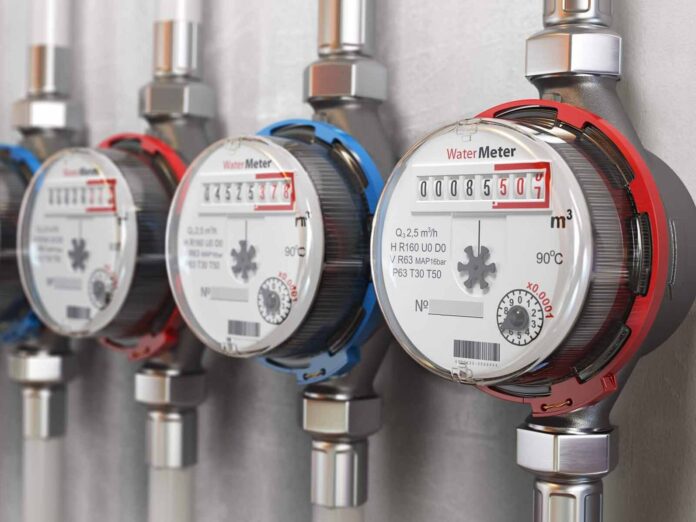
The water pressure is important in the bathroom. It dictates how much water will flow out of the faucets, often compromising the functionality of our toilet. The higher the water pressure the more water will be delivered into our toilet.
However, there are issues that may occur that reduce the water pressure considerably. The most basic one which doesn’t have much of a solution is low water pressure due to weather. During this time, the water level is on the down low and so is water pressure.
A water main break or a leak inside of our house can have the same effect on our water pressure. Being aware of this is the key way of preventing the problem.
Make sure to turn off all the water in your home, check the water meter, and then wait for a few hours. If your water meter changes despite you not using any water, you have a leak going. The leak itself may be tiny but that doesn’t mean it shouldn’t be rectified. Tracking the location of the leak down is important and once you do, the solution becomes a simple act of applying the proper plumbing tools.
To prevent serious leaks from occurring, occasional checks are recommended. Tightening the connections between pipes or plugging up some tiny leaks with waterproof tape will sort things out before they get out of hand. Eventually, the wear and tear will require some professional help but it should take quite a while for it to become mandatory.
4. Use filters to avoid debris buildup in pipes
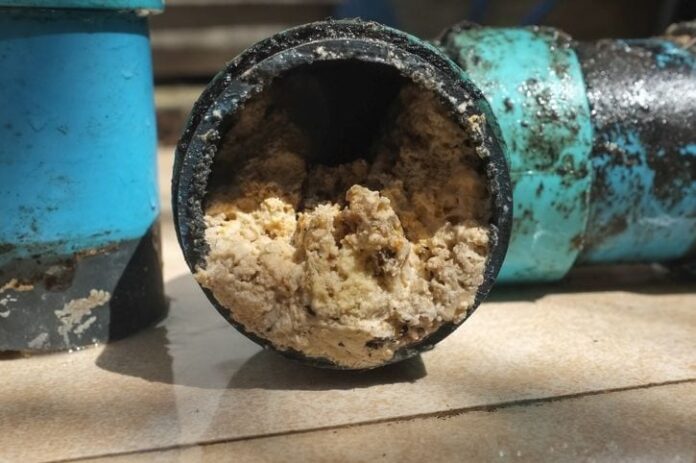
On the subject of low pressure, we have another issue to deal with. This issue being debris buildup in pipes. The buildup is a rather simple issue. Our pipes consistently carry water which contains various forms of minerals. These minerals will latch onto the walls of our pipes over time, accumulating more mass as time goes on. After some time, the debris will big enough of an obstruction to affect our water flow. When this happens, the most apparent side effect will be poor water flow.
The resolution of this issue is often easy, including some cleaning supplies and some work. Even the more serious cases will get scrubbed out although with more effort inserted. We will rarely have to call professionals to deal with the problem, only requiring them if the debris becomes too thick and wide for regular supplies.
However, it’s also possible to prevent this problem from occurring at all. This is done through the use of filtration systems in our pipes. Future build-up can be quickly prevented through these systems. They manage to remove the harmful debris and minerals from our water. However, these filtration systems will need to be maintained too. It’s far easier than dealing with the alternative but it’s good to note that extra bit of work.
Do keep an eye out when purchasing them too. Knowing what the correct size for your pipes is and understanding what type of filter you need is key. Getting some spare filters to slot in when the old ones get used up is also a good idea, leaving your pipes consistently secured.

